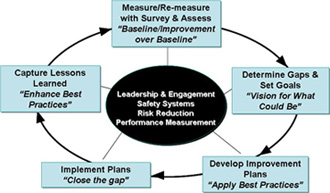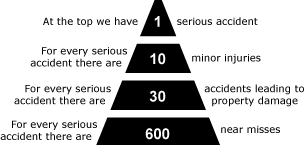Injury: The Leading Cause of Death Among Persons 1-44In 2007 in the United States, injuries, including all causes of unintentional and violence-related injuries combined, accounted for 51% of all deaths among persons ages 1-44 years of age – that is more deaths than non-communicable diseases and infectious diseases combined.Injury Deaths Compared to Other Leading Causes of Death for Persons Ages 1-44, United States, 2007Injury FactsMore than 180,000 deaths from injury each year — 1 person every 3 minutes. Leading cause of death for people ages 1-44 in the US. More than 2.8 million people hospitalized with injury each year. More than 29 million people treated in Emergency Department for injury each year. More than $406 billion annually in medical costs and lost productivity.
via CDC – Injury: The Leading Cause of Death for Persons 1-44 in U.S. – Injury Center.


